Introduction of boutique coffee beans-- characteristics of Yega Xuefei boutique coffee from Ethiopia
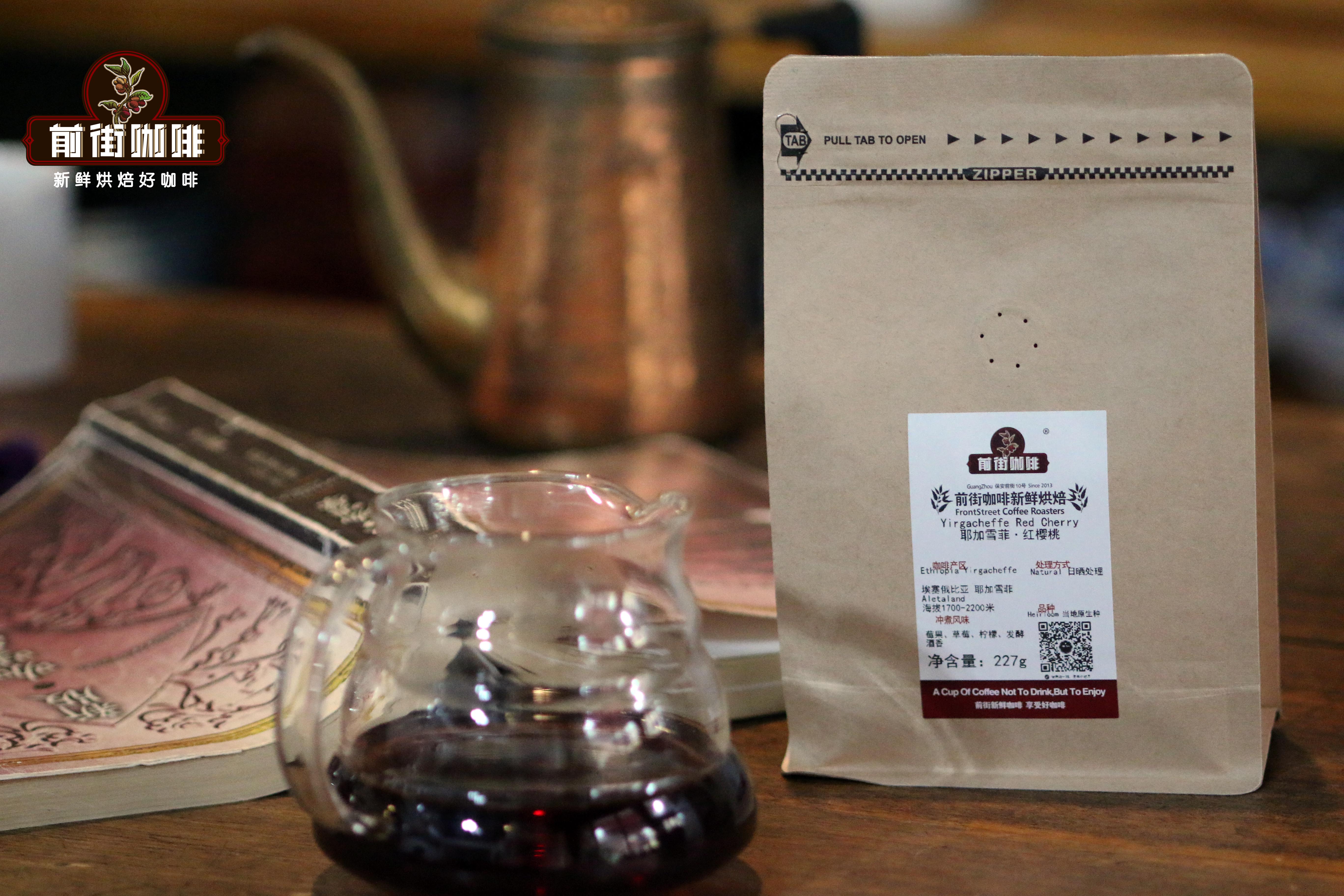
If you like coffee that is not bitter, Qianjie will give priority to Yega Xuefei from Ethiopia. As one of the synonyms for Ethiopian Coffee, there are 3 Yega Xuefei among dozens of coffee beans in Qianjie. You can see how popular Yega Xuefei is.
What we call Yega Chuefei actually refers to high-quality coffee beans that show a unique aroma of bright citrus acid and elegant white jasmine. The name "Yejashafi" comes from the scenic town of Yegashefi, which originally belonged to Sidamo, Sidamo province in Ethiopia, and later became an independent producing area because of its excellent performance. In addition, it also includes many by-product areas such as Wenago, Kochere, Gelena, Abaya and so on.
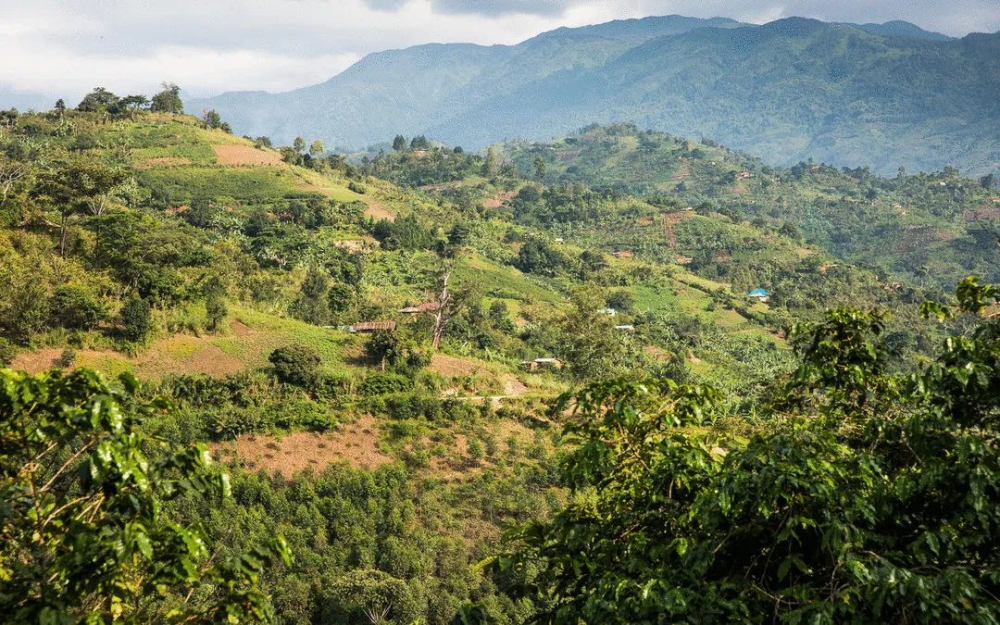
Yega Xuefei is one of the highest producing areas in the world, with an average elevation of between 1700 and 2100 meters. There is a significant temperature difference between day and night at high altitude, the coffee tree grows slowly, the fruit takes longer to mature, and more aromatic substances are stored correspondingly, giving birth to the unique and unpredictable atmosphere of Yejiaxuefei's unique flower and fruit fragrance.
The harvest season here is usually from October to January of the following year. Busy farmers are seen gathering coffee fruits in the mountains and in the back garden of their homes, and then send them to the cooperative in the village for unified treatment. Cochel, Fog Valley and Godibe, which we often hear, are all very well-known micro-producing areas under the Yega Sheffield coffee producing area. they all have excellent cooperative production teams and produce coffee with unique characteristics.
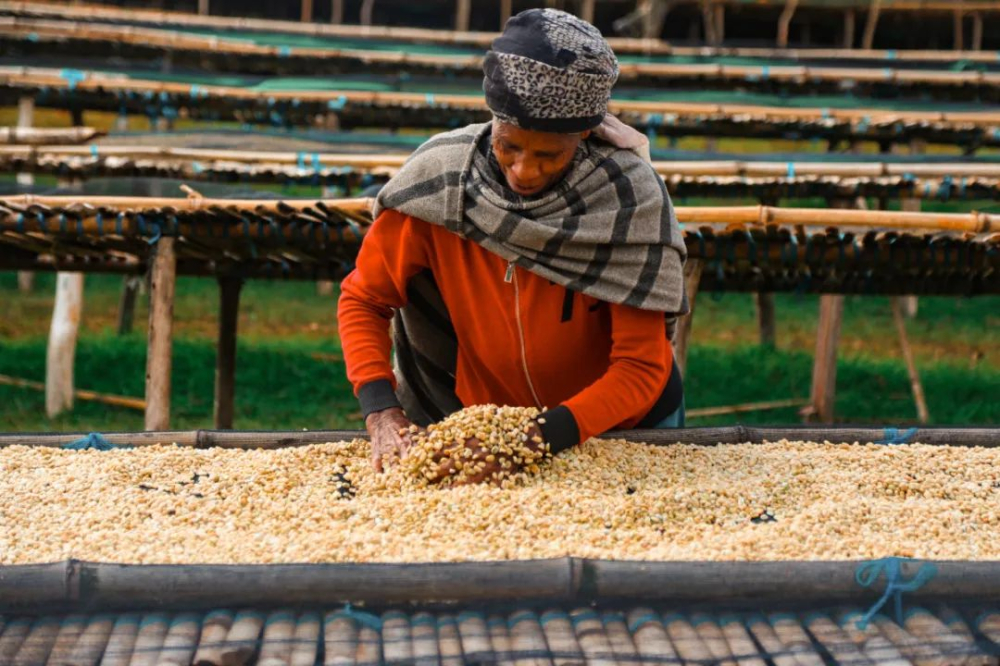
It is worth mentioning that the Waka production area, located at the southeast end of Yega Sheffield, has a mature production team, the Guoding Cooperative, with about 300 farmer members. It was set up separately in 2012 because of the rising and bright flavor of Yega Xuefei. Many small farmers were also members of the Woka Cooperative, so the technology for producing coffee was not a problem. The popular Guoding cooperative coffee in Qianjie stores is treated with traditional water washing, which not only does not have the bitterness of traditional black coffee, but also presents fresh and bright citrus, lemon acid, and jasmine fragrance, which makes many coffee lovers fall in love as soon as they drink it.
Traditionally, farmers will harvest coffee berries directly on the terrace, or flat on the ground, direct sun drying, direct coffee fruit water content of only about 12% can be sent to shell packaging. Coffee beans treated in this way are prone to earthy, overfermented and rotten fruit flavors.
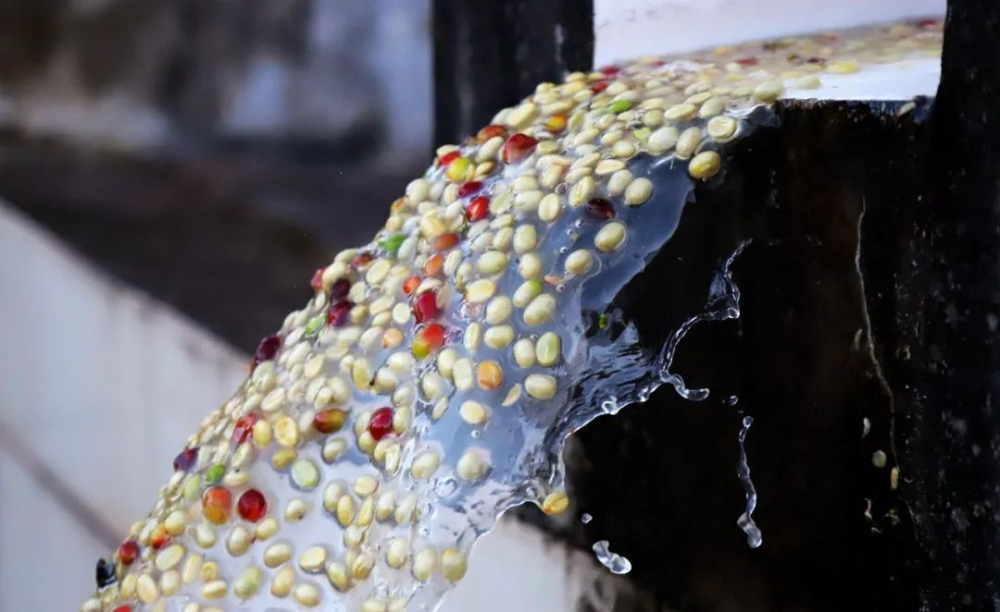
In order to improve the defective flavor caused by this exposure, Ethiopia introduced water washing technology from Central and South America. In the process of washing, there will be several steps to remove the defective beans and show cleaner acidity in the flavor, making the aroma of Yega Xuefei to a higher level. In order to let the curious baby also taste the unique "Yejia flavor", Qianjie launched a water-washed Yega Chevy as the facade representative of Esser coffee, using medium-light baking, with the classic Yega Chevy flavor, suitable for hand flushing, cold extraction, French pressure pot and other ways. Qianjie's rations bean series allows friends who have just come into contact with coffee circles to taste the basic flavor of the producing area at an affordable price, and the design of small packages can also avoid endless waste.
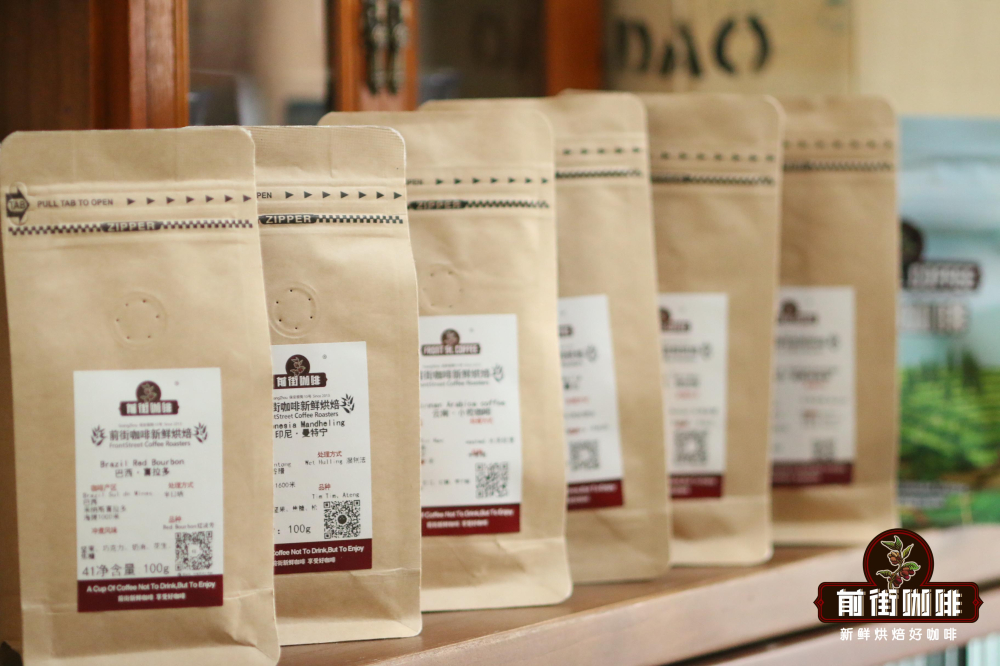
Although washed coffee has become popular for a time, sun treatment still accounts for the main part of Ethiopian coffee. Unlike in the past, today's sun treatment pays more attention to manual screening and ensuring uniform drying. The Fruit Ding Cooperative coffee beans on the Qianjie bean list are Yega Chuefei, which is treated with classic washing, and another red cherry coffee bean is Yega Xuefei, which is treated with exquisite sun treatment, which has a fuller sense of fermentation and tropical fruit flavor.
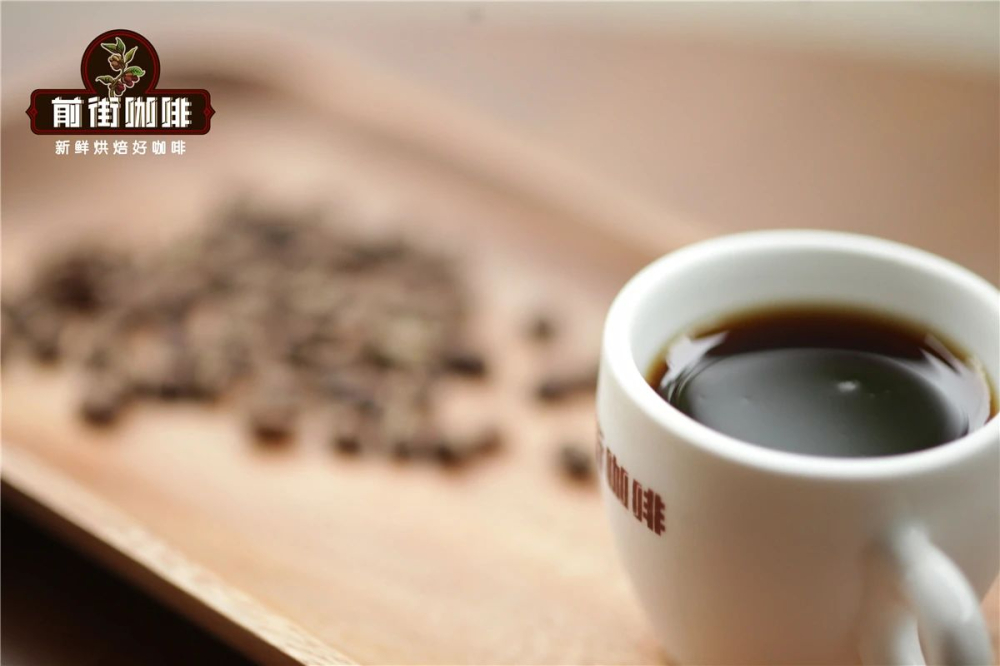
Some fans left a message on Qianjie backstage to consult Qianjie, saying that the coffee they made was only sour and did not have the rich aroma that they drank in Qianjie stores. In fact, there is a QR code for cooking suggestions on the label of each packet of coffee beans, which you can scan for reference.
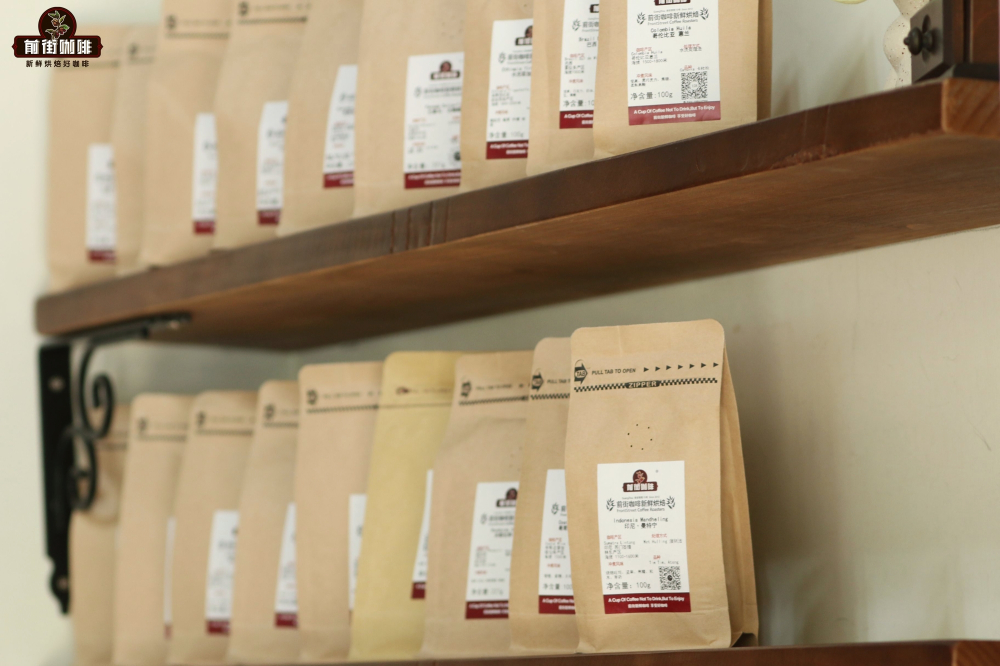
Because Yejia Xuefei uses shallow roasting, the quality of coffee beans is hard, which requires high temperature hot water of 92 ℃-93 ℃ to stimulate the aroma of flowers and fruit in the coffee. Grinding degree Qianjie recommended medium fine grinding degree (the pass rate of Chinese standard No. 20 screen is 78%). Too thick to extract mellow substances, brewed coffee will appear thin. Too fine is easy to be over-extracted at high water temperature, and the coffee brewed is prone to bitterness.
Filter cup: V60 water temperature: 92-93 ℃ powder quantity: 15g powder water ratio: 1:15 grinding degree: fine sugar size (No. 20 sieve bowl sieve powder to 78%)
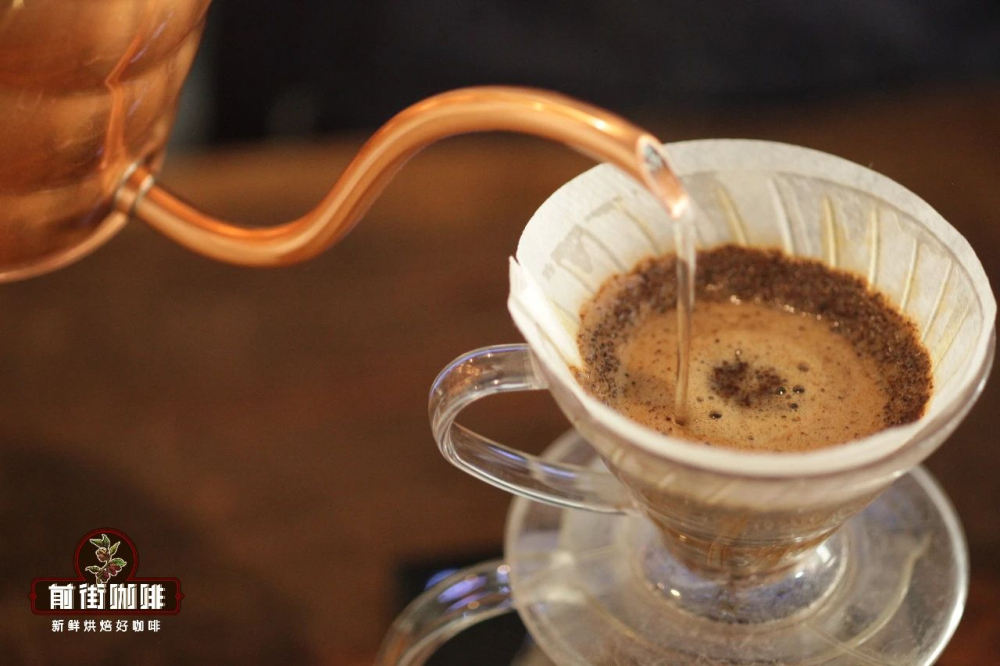
Three-stage water injection: wet the powder bed with twice as much water as coffee powder to form a drum and steam for 30s, then fill the small water from the inside to the outer circle to 125g, wait for the powder bed to drop to half of the filter cup, and continue to inject the same fine water into the third section to 225g, until all the coffee liquid has been filtered and remove the filter cup for about 2 minutes. After the coffee in the filter cup flows into the next pot, remove the filter cup, then shake and share the coffee liquid in the pot evenly, and you can taste the flavor of Yega Xuefei from the high temperature.
After the washed Yejiaxuefei coffee beans are ground into powder, you can smell the fragrance of honey and jasmine. After hot water is injected into the current street, it begins to give off a hint of berry flavor. The entrance of the black coffee is bright lemon, citrus and green tea. With the change of temperature, there are raspberry, cream, sugar cane aftertaste, sweet obvious, taste clean and sweet.
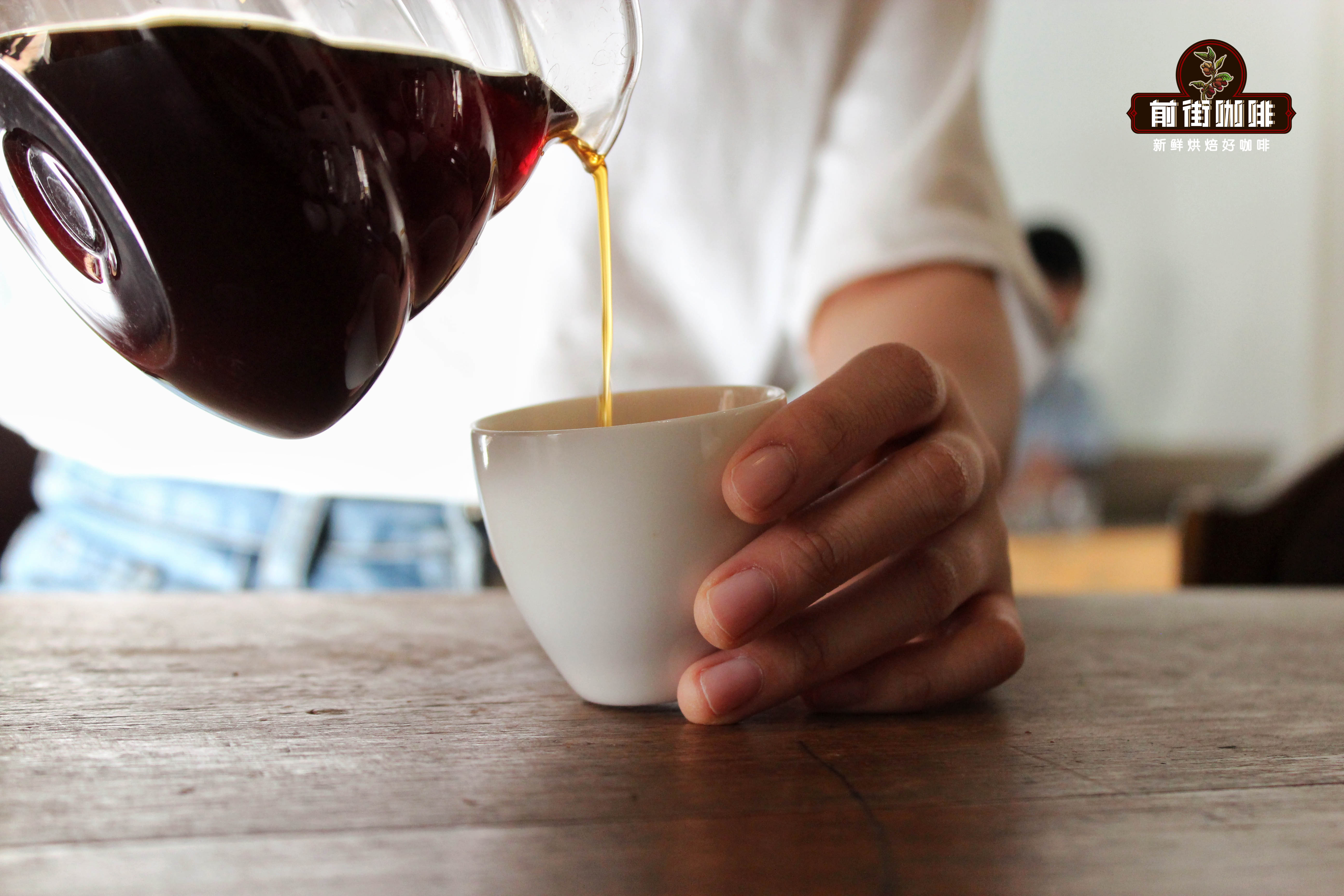
Professional coffee knowledge exchange more coffee bean information please follow the coffee workshop (Wechat official account cafe_style)
For more boutique coffee beans, please add private Qianjie coffee on Wechat. WeChat account: qjcoffeex
Important Notice :
前街咖啡 FrontStreet Coffee has moved to new addredd:
FrontStreet Coffee Address: 315,Donghua East Road,GuangZhou
Tel:020 38364473
- Prev
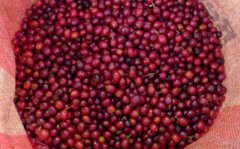
Introduction to boutique coffee beans-- Rose Summer Coffee characteristics Panamanian boutique coffee Rose Summer
Let's first talk about Rose Summer, that is, Gesha, which is also called a geisha in Japanese translation. First of all, Maoye thinks that what needs to be corrected is that Rose Summer is not the name of coffee, but a variety of coffee, which was discovered in the Rose Summer Forest of Isopia in 1931 and sent to the Coffee Research Institute in Kenya. It was introduced to Uganda in 1936 and then to Tanzania.
- Next
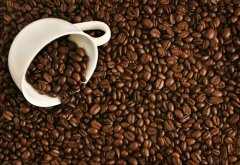
Introduction to boutique coffee beans-- roses of boutique coffee beans from Rosa Manor in Panama
[Origin]: 90 + Panamanian Rosa Manor, [season]: 2013-2014 [Variety]: Rosa [Level]: 39 [altitude]: 1250m-1650m [treatment]: sun [flavor]: strong aromas of cherry, carob, vanilla, tropical fruit and mixed fruit juice. [packing specifications]: 30KG/ sacks (raw beans), 5kg/ cartons (raw beans), 125g/ cans (
Related
- Detailed explanation of Jadeite planting Land in Panamanian Jadeite Manor introduction to the grading system of Jadeite competitive bidding, Red bid, Green bid and Rose Summer
- Story of Coffee planting in Brenka region of Costa Rica Stonehenge Manor anaerobic heavy honey treatment of flavor mouth
- What's on the barrel of Blue Mountain Coffee beans?
- Can American coffee also pull flowers? How to use hot American style to pull out a good-looking pattern?
- Can you make a cold extract with coffee beans? What is the right proportion for cold-extracted coffee formula?
- Indonesian PWN Gold Mandrine Coffee Origin Features Flavor How to Chong? Mandolin coffee is American.
- A brief introduction to the flavor characteristics of Brazilian yellow bourbon coffee beans
- What is the effect of different water quality on the flavor of cold-extracted coffee? What kind of water is best for brewing coffee?
- Why do you think of Rose Summer whenever you mention Panamanian coffee?
- Introduction to the characteristics of authentic blue mountain coffee bean producing areas? What is the CIB Coffee Authority in Jamaica?

